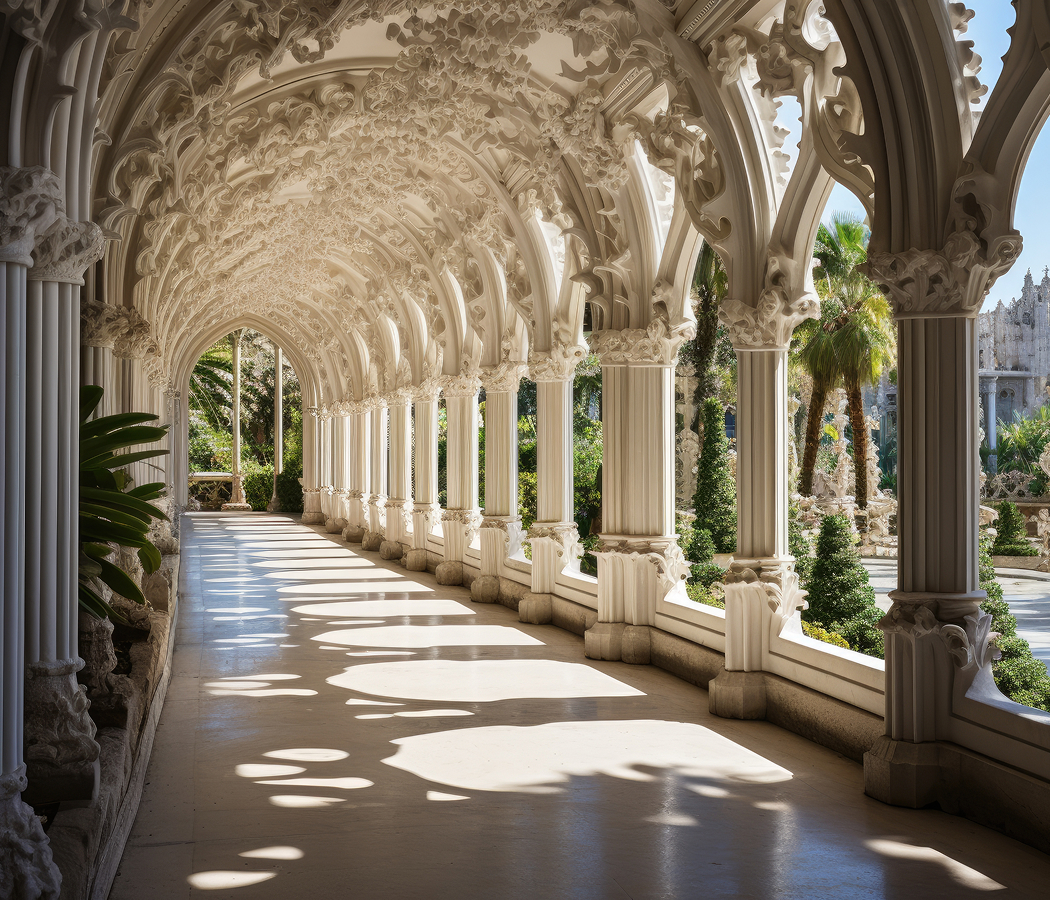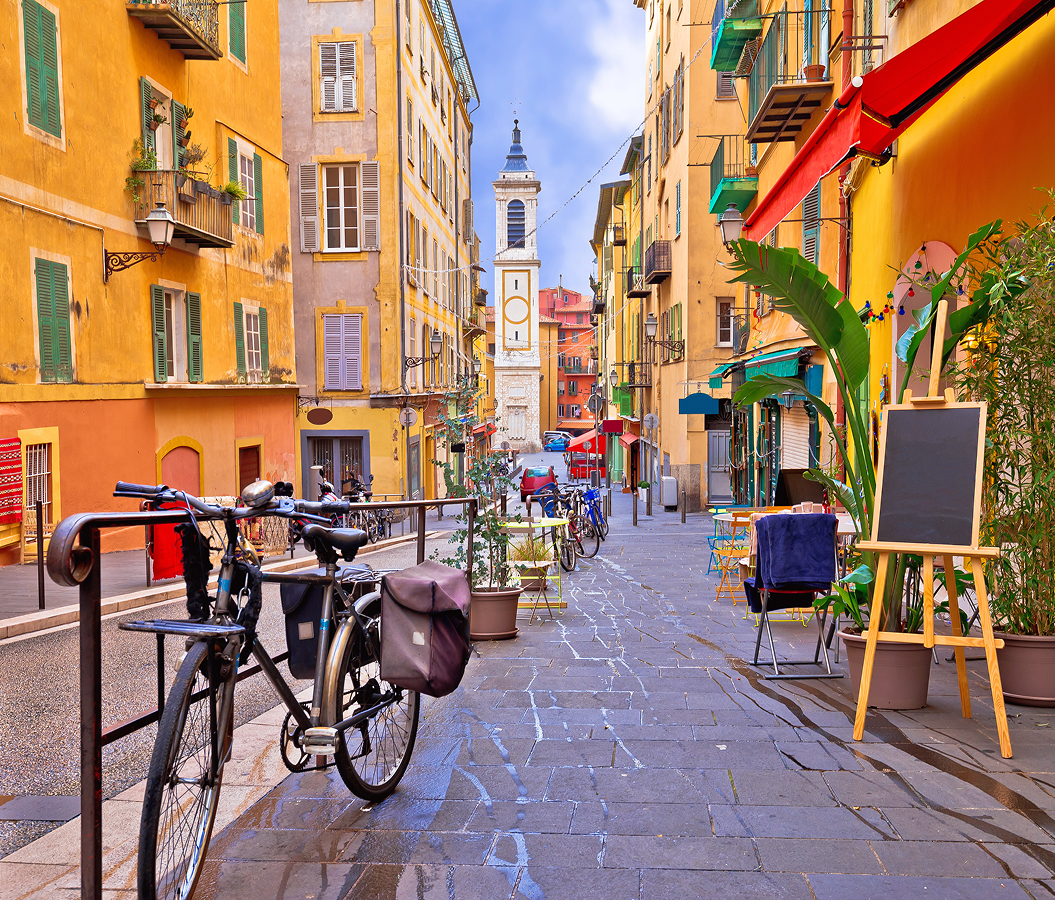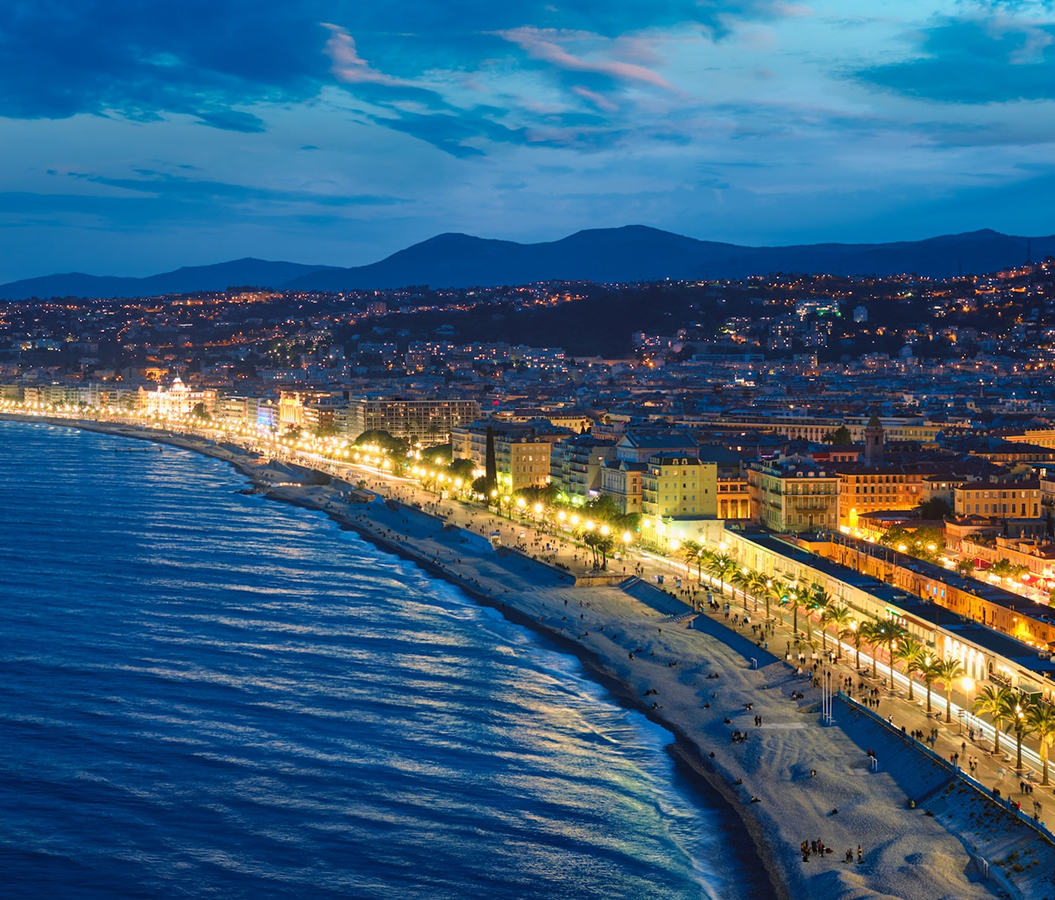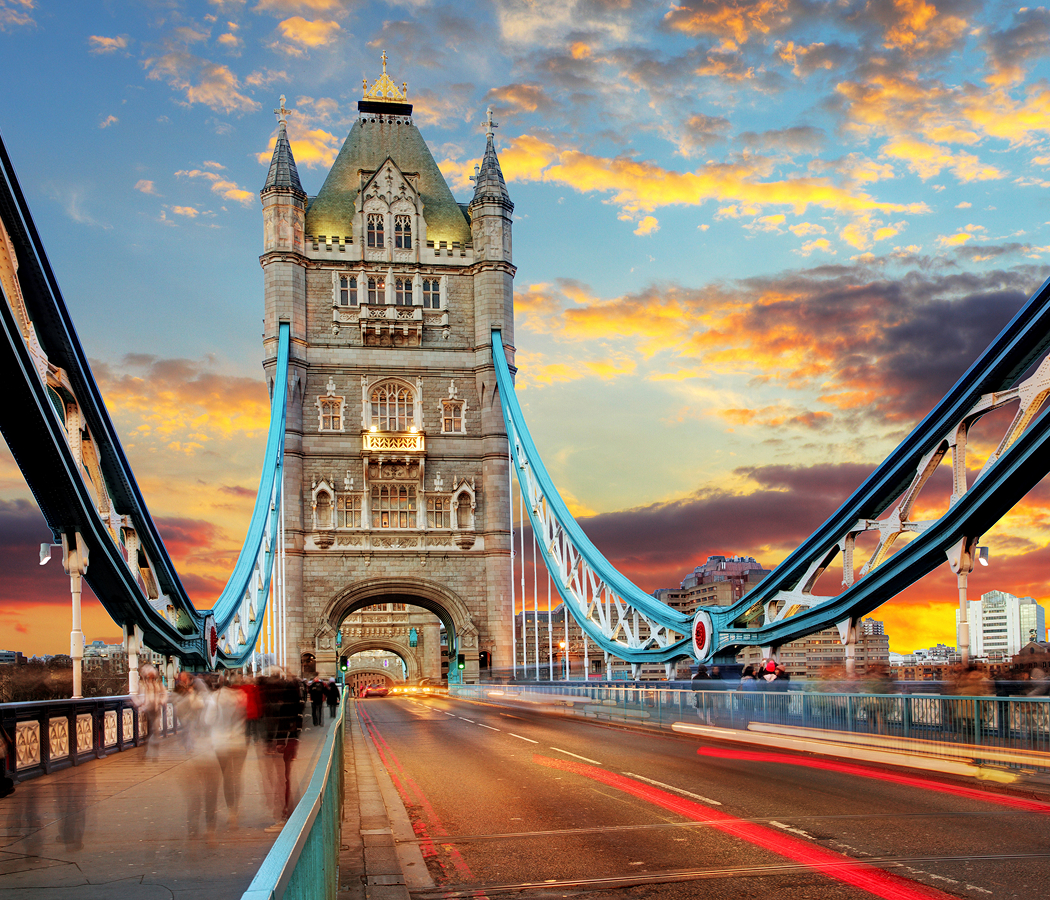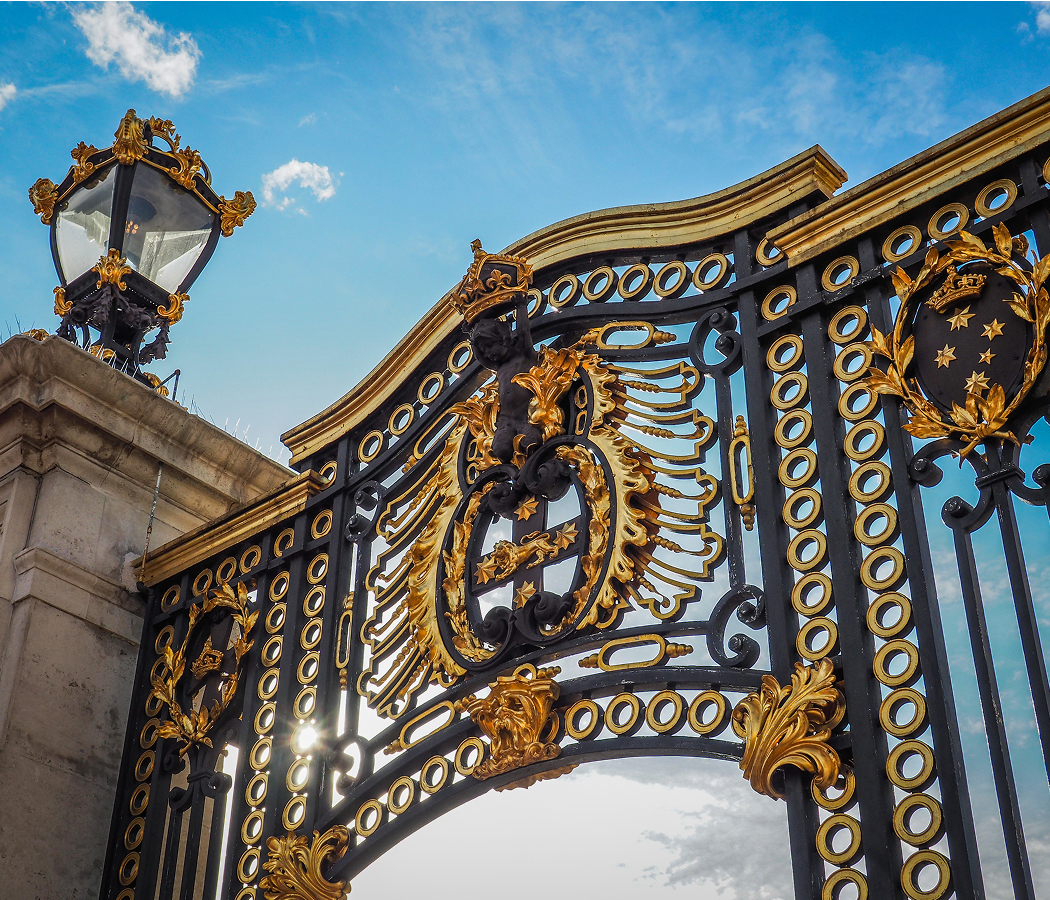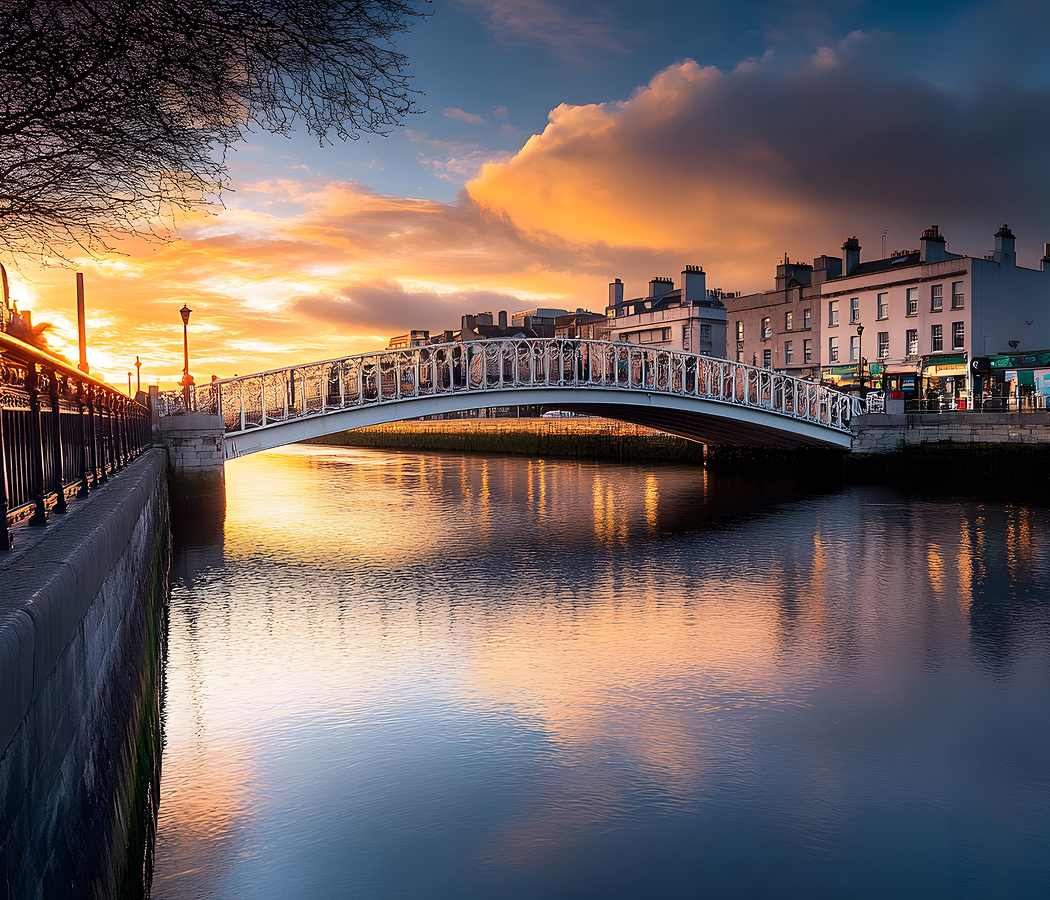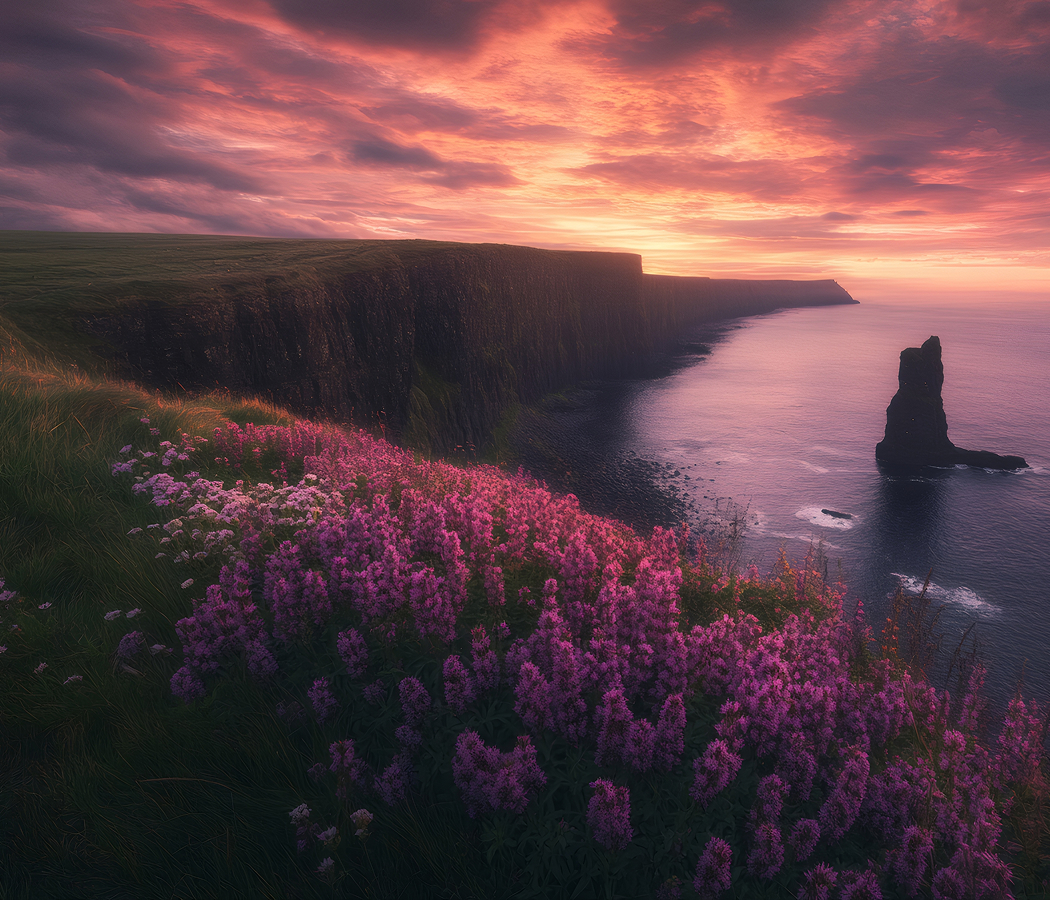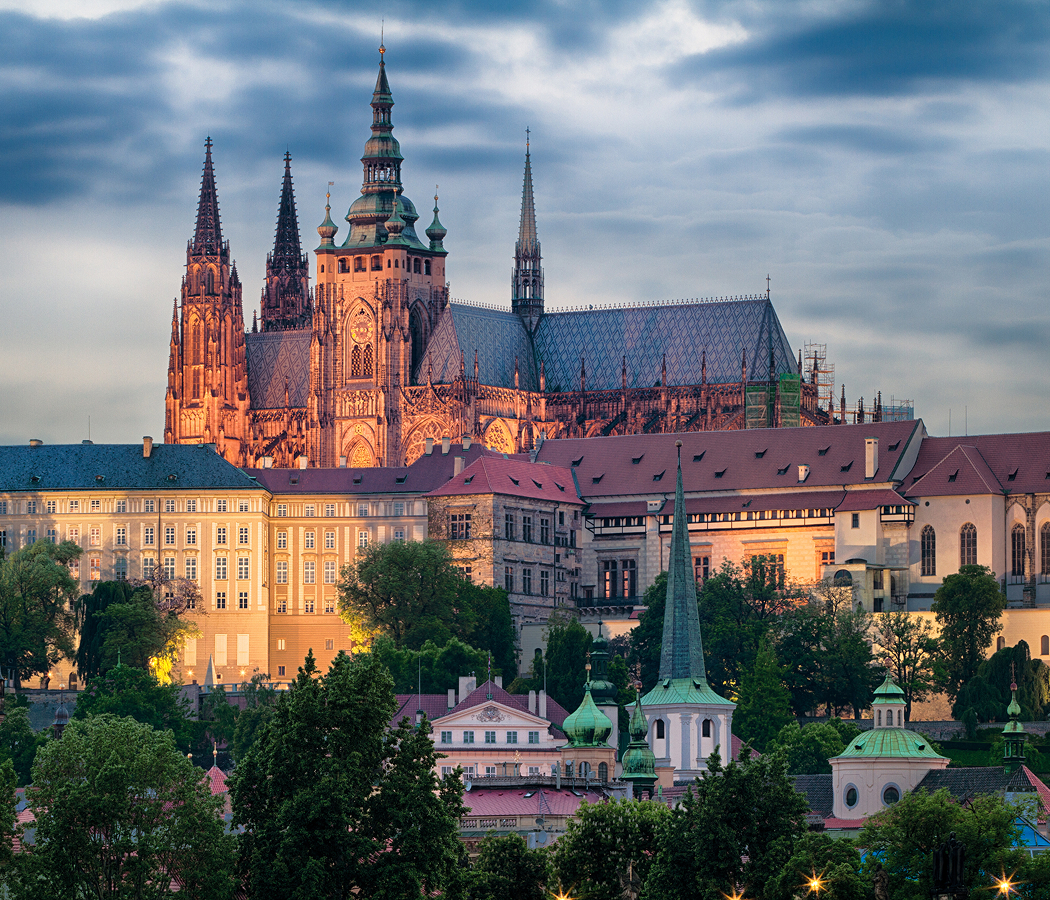
Why you should experience the Scott Monument in Edinburgh.
The Scott Monument isn’t just a landmark, it’s a gothic love letter carved in stone, rising like a dark cathedral from the heart of Edinburgh.
Standing over 200 feet tall in Princes Street Gardens, the monument honors Sir Walter Scott, the literary titan whose novels helped shape Scotland’s romantic identity. Its spire, laced with intricate carvings and pointed arches, pierces the sky like a quill writing into the clouds, visible from nearly every corner of the city. Built from Binny sandstone, it shifts in color from amber to obsidian depending on the light, a reflection of Edinburgh itself, a city of dualities, where intellect meets mystery. The monument’s base houses a marble statue of Scott seated with his loyal dog, Maida, a symbol of quiet genius amid grandeur. As you climb its narrow spiral staircase, 287 steps twisting toward the heavens, the city unfolds beneath you: the castle, Arthur’s Seat, and the Firth of Forth stretching to the horizon. Wind whistles through the gothic tracery, and for a moment, you feel suspended between past and sky. The Scott Monument isn’t just an architectural marvel; it’s a living testament to imagination, the bridge between stone and story.
What you didn’t know about the Scott Monument.
Behind its brooding beauty lies a tale of ambition, controversy, and artistry that mirrors Scotland’s turbulent creative soul.
Completed in 1846 after six years of construction, the monument was designed by George Meikle Kemp, a self-taught carpenter and draftsman who entered the design competition anonymously, fearing his lack of credentials would disqualify him. His design, inspired by medieval cathedrals and gothic revival ideals, triumphed over dozens of established architects. Yet tragedy struck before completion: Kemp drowned in the Union Canal just months before the monument was unveiled. His death added a shroud of melancholy to the structure, transforming it from mere tribute into myth. The 64 statues adorning the monument, drawn from Scott’s novels and poems, were sculpted by a host of artists, turning its façade into a stone library of Scottish folklore. Even its darkened color, long mistaken for soot from the Industrial Age, is now embraced as part of its identity, the weathered skin of a city forever touched by rain and time. Few monuments carry such layered emotion, equal parts reverence, sorrow, and artistic defiance, making it as hauntingly human as the stories that inspired it.
How to fold the Scott Monument into your trip.
To experience the Scott Monument is to step into Edinburgh’s literary heart and see the city as its storytellers once did.
Begin your visit at Princes Street Gardens, where the monument rises against the backdrop of Edinburgh Castle. Enter through the modest ticket booth and begin the climb, each landing offers a new vantage point, each window a new composition of city and sky. The first platform frames the gardens and the Old Town; the second reveals the intricate stonework up close, like lace sculpted from shadow. At the top, the view feels cinematic, rooftops, spires, and the volcanic curve of Arthur’s Seat blending into mist. Bring a light jacket; even in summer, the wind at the summit carries the chill of the Highlands. After descending, linger on the benches nearby to watch the monument change color with the setting sun, from gold to gray to ink-black. Pair your visit with a stop at the nearby Writers’ Museum to trace the footsteps of Scott, Robert Burns, and Robert Louis Stevenson. The Scott Monument in Edinburgh isn’t simply climbed, it’s experienced, an ascent through history and imagination that reminds you why words still move mountains.
Hear it from the Foresyte community.
Looks like it was built to scare off demons, but now it’s just pigeons running the place. Still, you stand there staring up like damn, that’s dramatic.
Where meaningful travel begins.
Start your journey with Foresyte, where the planning is part of the magic.
Discover the experiences that matter most.











